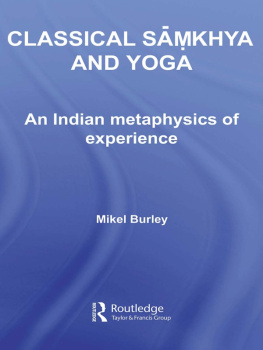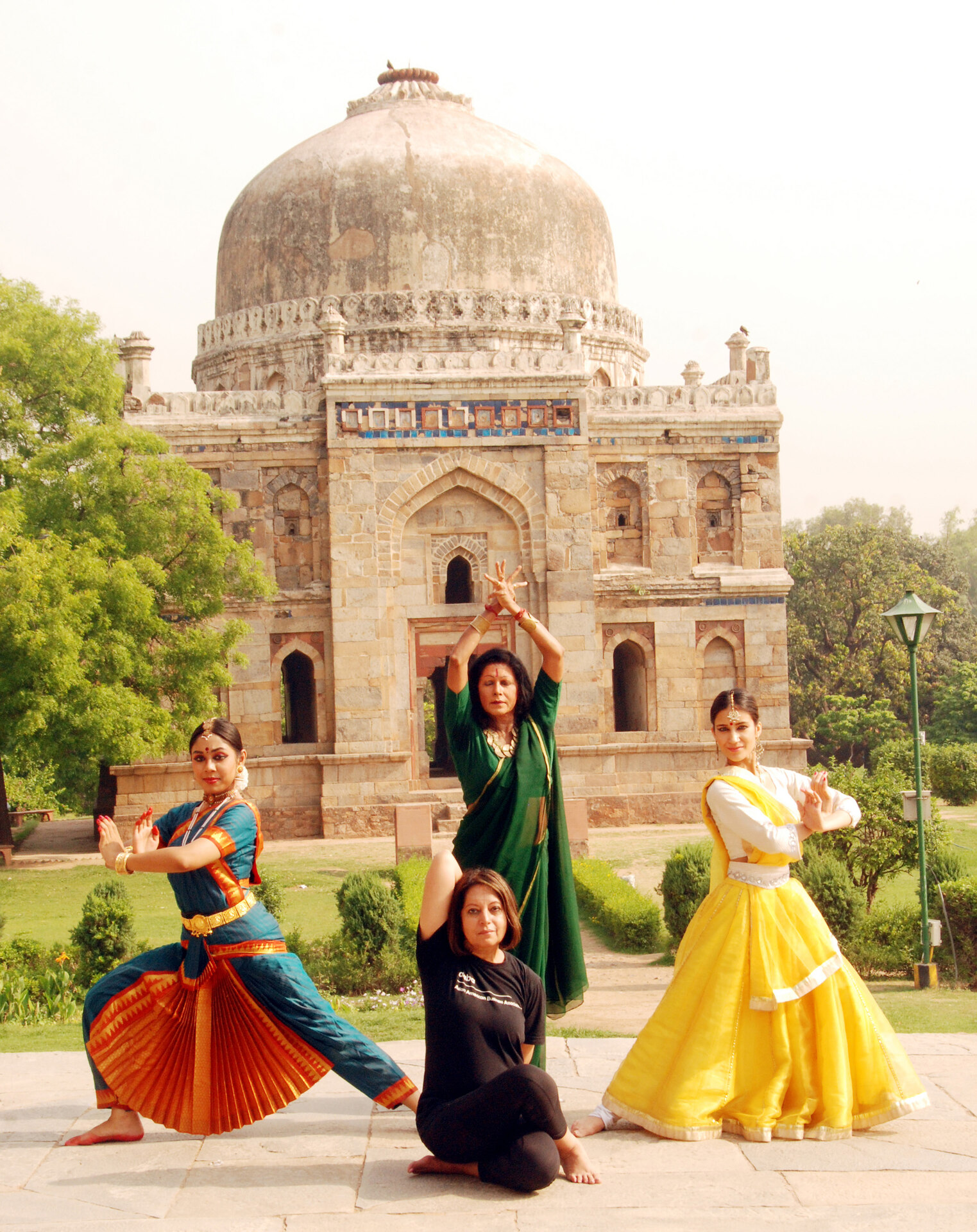Illuminating
INDIAN CLASSICAL DANCES THROUGH YOGA
Illuminating
INDIAN CLASSICAL DANCES THROUGH YOGA
SHOVANA NARAYAN ANITA DUA
SHUBHI PUBLICATIONS Gurugram - India
Chapter 1 ~ Introduction 3
First Edition - 2018
Copyright: Author
All rights reserved. Neither this book nor any part may be reproduced or transmitted in any form or by any form or by any means, electronic or mechanical, including photocopying, microfilming and recording or by any information storage and retrieval system, without permission in writing from the publisher.
Published by
Shubhi Publications
479, Sector-14, Gurugram-122 001 Haryana, India
C O NTENTS
INTRODUCTION: THE ORIGIN & EVOLUTION OF YOGA & DANCE
CHAPTER 2
YAMAS AND NIYAMAS: THE TWO BASIC TENETS OF YOGA & DANCE
CHAPTER 3
ASANAS IN DANCE AND YOGA
CHAPTER 4
ASANAS MUDRAS & CLASSICAL DANCE
CHAPTER 5
PRANAYAMA AND PRATYAHARA IN DANCE
CHAPTER 6
DHARANA, DHYANA AND SAMADHI
CHAPTER 7
CONCLUSION

Chapter 1 ~ Introduction 7

Foreword
In every age and phase of history certain ideas have to be reiterated. Yoga is one such idea which has remained perennially fresh and useful to people of all ages, languages and cultures.
Dance is another idea which has roots in the beginning of time, when atoms began to form shapes and building blocks from which creation came into existence. Atoms in movement created a dance, a choreography which we call the universe or cosmos. But even then the choreography of movement was not without rhythm and direction. What we now know as dance is but a reflection of such groupings and connections of points of energy, the Praana-Shakti , the cosmic Breath.
Yoga in India reflects these very ideas and principles of physical discipline combined with controlled and regulated breathing which is also inherent in dance as understood and practiced since ancient times in India.
This richly illustrated collaborative book by the eminent kathak dancer and scholar Shovana Narayan and Yoga practitioner Anita Dua is a welcome and timely addition to address the misconception that dance is mere entertainment but yoga is a science. As rightly pointed out by the authors in Authors Note : It is only recently that arts and science have emerged as disciplines independent of the divine. Dance & Yoga however continue to have strong spiritual association.
I am sure this book will be widely read and will clear many cobwebs of misconception about the supremacy of one over the other. Harmony alone creates balance and beauty, which in turn makes for a blissful life. I wish the book great success and congratulate the authors for this wonderful gift.
- Dr. Sonal Mansingh
authors note
Dance and Yoga are two sides of the same coin. United in their origins, both are wholesome practices for the body and mind. Lord Shiva, the Lord of Dance, also considered to be the Supreme Yogi in Indian culture, is known as the first Guru or the Adi Guru as well as the Adi Yogi. His realisation had resulted in ecstatic dances which had bouts of stillness, reminiscent of yoga, along with hectic movements that have seen manifestations in many Indian classical dances.
Our humble effort of highlighting the commonalities between Indian classical dance and yoga comes from decades of experience of a classical dancer and a yoga enthusiast. Both of us have been passionate about our chosen vocations and have experienced the interconnectivity of the two streams almost on a daily basis. This book of ours endeavours to search for and examine the asana s and mudra s that are practiced in these pursuits. Like a prism that separates the light passing through it into different colours, so has been our effort of analysing the postures and hand movements frequently utilised in Indian classical dance. These are especially seen through Patanjalis ashtanga yoga (or the eight-fold path of Yoga). This maiden joint exercise seeks to share our appreciation of such commonalities in these two integral pursuits of Indian life.
A word of clarification: Our objective has been to describe, in simple terms, only those yoga asana s (postures) and pranayamas (breathing techniques) commonly made use of in Indian classical dances. It is therefore in no way a complete Yoga guide. Stepwise instructions for easy to follow asanas are outlined - for instance, Pranayam, the art of regulated scientific yogic breathing as described in the book, is simple and easy to follow. However, for advanced asanas , it is always recommended to begin practice under a teachers guidance.
In our writings, there is a recurring reference to universal consciousness, mythology, and philosophical and moral principles. To a western reader, this may appear somewhat surprising. In ancient times, a lot of Indian knowledge, art, and science had a spiritual basis linking them to the Almighty God. It is only recently that art and science have emerged as disciplines independent of the divine. Dance and Yoga, however, continue to have strong spiritual association.
In this journey we recognise our heartfelt gratitude to a few people - the publisher, Sanjay Arya of Shubhi Publications for his strong and continuous motivation, to the dancers Shivani Varma, Gayatri Deka, Kartika Singh andMrinalini, to our photographers Ashwani Chopraand Indranil Dey, and to the Yoga Guru Veer Singh for being part of the photographic illustrations.
Shovana Narayan and Anita Dua
CHAPTER 1 INTRODUCTION: THE ORIGIN & EVOLUTION OF YOGA & DANCE
Yoga is like music/Dance. The rhythm of the body, the melody of the mind, and the harmony of the soul create the symphony of life.










 Chapter 1 ~ Introduction 1
Chapter 1 ~ Introduction 1 









 FOREWORD
FOREWORD Chapter 1 ~ Introduction 7
Chapter 1 ~ Introduction 7 